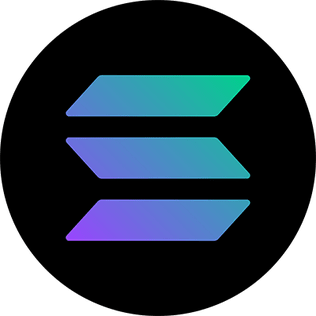Governance Voting and Staking Metrics on NEAR & Solana & Osmosis
Staking and governance are essential activities in blockchain networks that provide participants with the opportunity to contribute to the network's security, consensus, and decision-making processes. Let's explore staking and governance on NEAR, Solana, and Osmosis chains and compare them.
Staking and governance on NEAR, Solana, and Osmosis:
NEAR:
Staking: Lock tokens to support network operations and receive rewards. Governance: On-chain system for token holders to propose and vote on decisions. Solana:
Staking: Delegated proof of stake (DPoS) mechanism where participants delegate SOL tokens to validators and earn rewards. Governance: Under development, aims to be community-driven. Osmosis:
Staking: Provide liquidity to decentralized exchange pools (pooling) and earn rewards. Governance: Decentralized governance where OSMO token holders participate in decision-making.



In this comprehensive dashboard, I have conducted an in-depth analysis of staking metrics and governance activity on the NEAR Chain since the beginning of 2022. To provide a holistic view, I have also compared NEAR Chain's performance with two other popular chains, namely Solana and Osmosis. The purpose of this analysis is to evaluate the performance of these chains over time, assess community engagement, and understand their contributions to governance and decentralization.
To interact with the dashboard, you have the flexibility to customize the timeframe by adjusting the From_Date field located at the top. Simply enter the desired date to retrieve data starting from that point. Additionally, you can switch between different time intervals such as weekly or daily charts using the dropdown menu in the Date field.
To perform this analysis, I leveraged the near.core, solana.core, and osmosis.core schemas provided by Flipsidecrypto. These schemas contain valuable information on governance and staking, which I extracted and utilized to derive meaningful insights. It is worth noting that Flipsidecrypto does not have a dedicated table for NEAR governance activity. However, I was able to gather the necessary data from the fact_actions_events_function_call table. I filtered the data using the values ApproveVote and RejectVote to identify voting activity. Additionally, to count proposals, I specifically looked for entries with the method nameadd_proposal.
By utilizing this robust analytical framework, I have created a powerful dashboard that offers valuable insights into the staking metrics and governance activities of NEAR Chain, Solana, and Osmosis. Feel free to explore the dashboard, customize the timeframe, and gain a deeper understanding of these chains' performance and community participation in governance and decentralization efforts.